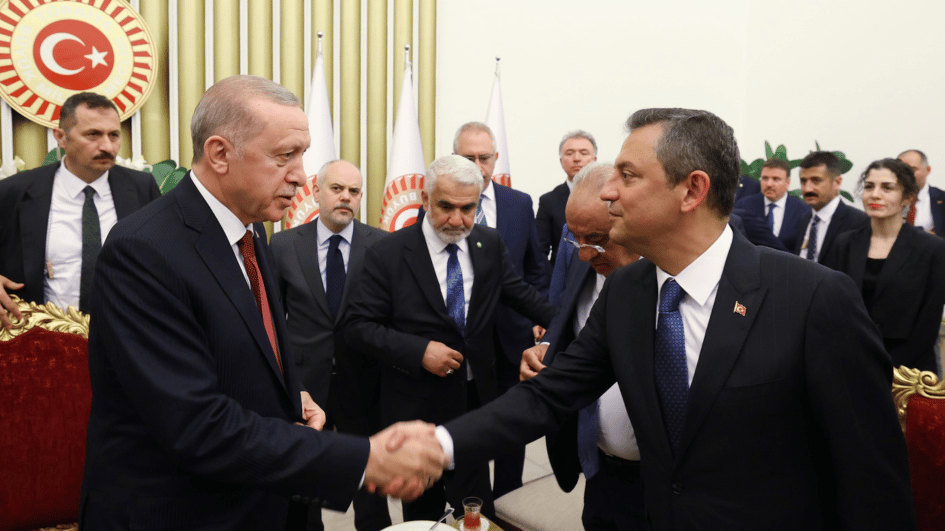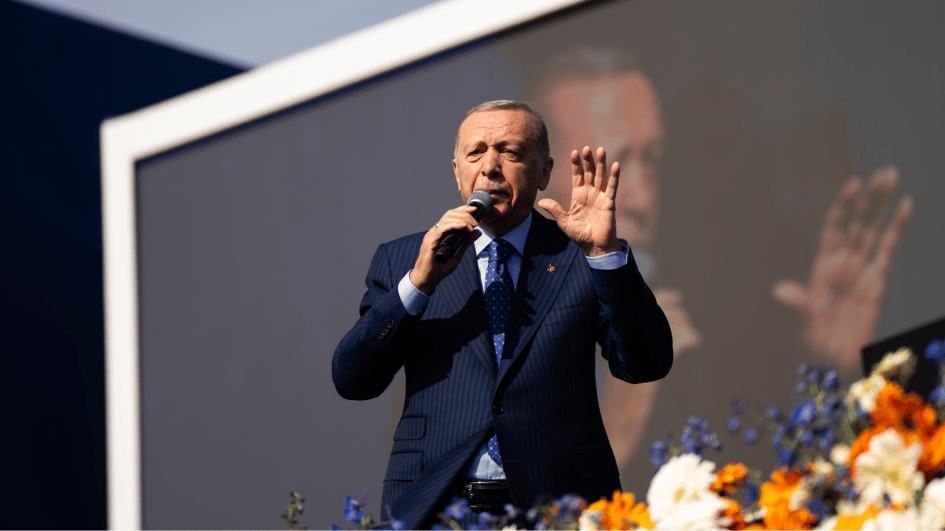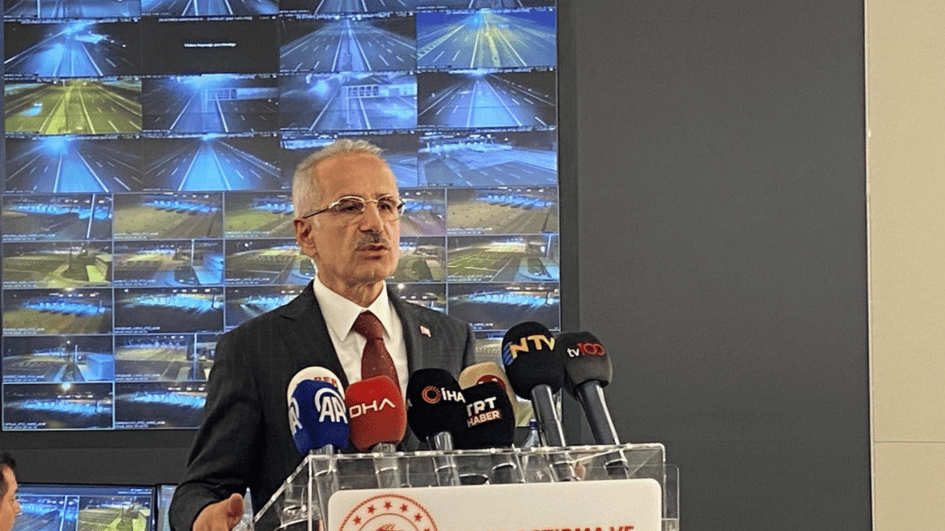Gulf art coming to Istanbul with contemporary fair
ISTANBUL- Hürriyet Daily News

This is the sixth annual fair, and it brings together 90 contemporary art galleries from 20 countries, half of which are international. Along with the exhibitions, the fair features art initiatives, independent projects and art institutions
Istanbul’s main contemporary art fair is back for another year with “New Horizons.”
Each year the fair comes up with a new theme, and this year it aims to focus on the nearby neighbors of Turkey: the Gulf countries.
As part of the fair, a total of six galleries from the United Arab Emirates, Kuwait and Saudi Arabia are exhibiting works from their artists in the fair.
Among the art galleries from the Gulf visiting Istanbul are EOA Projects (Edge of Arabia) from Jeddah, FA Gallery from Kuwait, and four galleries from Dubai: the Etemad Gallery, the Green Art Gallery, the Empty Quarter Gallery and the XVA Gallery.
This is the sixth annual fair, and it brings together 90 contemporary art galleries from 20 countries, half of which are international. Along with the exhibitions, the fair features art initiatives, independent projects and publications, as well as art institutions. As many as 3,000 contemporary artworks belonging to 526 domestic and global artists will be exhibited. More than 1,000 collectors and 60,000 visitors to the fair are expected this year.
The galleries exhibiting at “New Horizons” are hopeful for a high turnout this year.
Representing Saudi Arabia
EOA Projects, based in London and Jeddah, was established to support a new generation of Arab artists, with a special focus on Saudi Arabia. They also exhibited in Sanat Limani (Antrepo 5) last year as part of the Istanbul 2010 European Capital of Culture.
“We have a special focus on Saudi Arabia, where the artists are pioneering new ways of communicating and exploring the society and its place in the world. We focus entirely on developing artists careers and increase interest in contemporary art in a region with enormous creative potential,” said Aya Mousawi, the manager of the gallery.
Noting that last year, the Sanat Limani project was the first presentation of Saudi Arabian contemporary art in Istanbul, Mousawi said: “We were surprised at the tremendous success and the amount of visitors from all over Turkey as well as from other parts of the world. We expect to see some familiar faces and welcome any new ones who will come and see us at the fair this year.”
Commenting on the Arab Spring and its effects on the market, Mousawi said: “The Arab Spring has had an influence on artists everywhere. The market also loves revolution.”
EOA will present Ahmed Mater’s renowned “Evolution of Man,” depicting an oil pump morphing into an X-Ray portrait of a suicide. The piece of art is 7.5 meters across and two meters high so it will dominate the EOA booth. The work has already been shown in Berlin, Amsterdam, Dubai and New York but has never been shown on this scale. It was recently shown in Jerusalem as part of a prominent show called WESTEND and resulted in a campaign against the artist. The work provoked strong reactions and expresses the fear of a generation head on, Mousawi said. “We will also be showing an iconic work called ‘The Path’ [al-Siraat] by Abdulnasser Gharem and work from Ayman Yossri’s brilliant subtitles series,” she added.
A gallery from Tehran: Assar Art Gallery
Assar Art Gallery, which is based in London and Tehran, was the guest of last year’s fair. According to Maryam Majd, the person responsible for Assar’s external relations, the artists inspire cultural, social, political and individual sources that exist in the country, Majd said. “However, Iranian contemporary art needs more support from both private and public sectors. We need more art collectors, critics and easier exchange of thought with the outside [world], as well as more international exposure.” Practitioners of Iranian art are looking for less prejudice, said Majd. “Our expectation from the Turkish market is to expand internationally by looking into non-Turkish, non-European art more extensively. What we expect from Iranian and Turkish artists, galleries and curators … is more collaboration, more unity and less prejudice.” Iran and Turkey have much in common in terms of history, cultural issues. “We need a stronger and closer tie from which both countries will definitely benefit,” said Majd
















